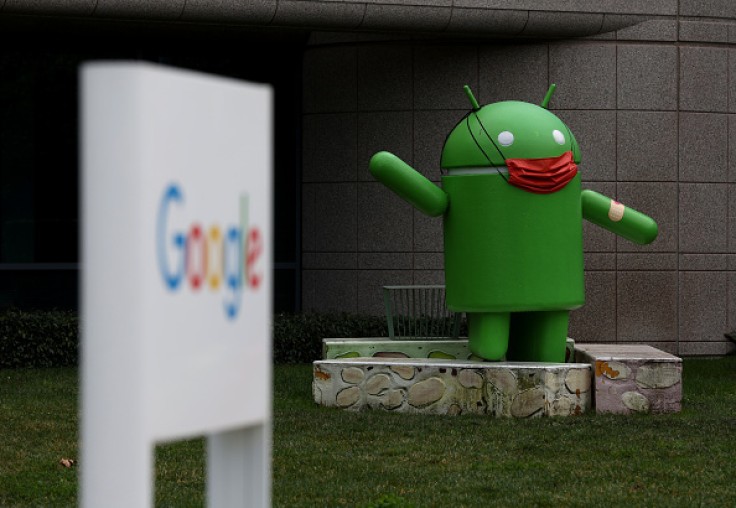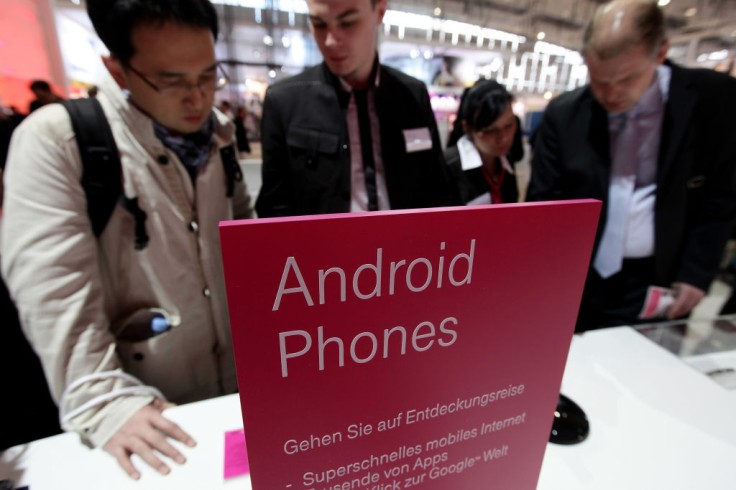Android 13's refreshable braille display support is on its way to its next beta update in the next few weeks as Google starts testing the deaf-friendly feature for smartphones.
What's more, Google also offers improvements in the braille display functionalities of its Talkback app on Android, making the experience much more seamless than ever.

Essentially, the search engine tech giant is now getting more serious about its support for braille display. It is already gearing up to test out native support on Android. Not to mention that Google Talkback is also expanding its related features.
Android 13's Refreshable Braille Display Support
It is interesting that braille display support is nothing new on Android. Google Talkback already has a screen reader that brings support for it.
However, as per a news story by The Verge, Google is now introducing native support for braille displays straight from Android 13 beta, at least in the next few weeks. Ergo, users would no longer have to install another app like Google Talkback to receive support.
The renowned search engine first shared the new Android 13 support on its recent blog post in time for Global Accessibility Awareness Day.
Google wrote that it is the mission of the tech firm to make "the world's information truly accessible," adding that it could only be a reality when it works hand in hand with its community.
The blog post announced that Google is now "making it easier for braille readers to use Android. Available in our next Android 13 Beta in a few weeks."

The accessibility analyst of the tech giant, Nimer Jaber, said that native support would not have been possible without the help and feedback from Android users.
Braille Display: What Is It?
Meanwhile, The Verge notes that braille displays make smartphone use easier for folks with deafblindness or those who are blind.
The braille display essentially brings functions like typing in braille on a smartphone touch screen. It also lets users to touch-read text using pin patterns.
For those who experience deafblindness, the display lets them use touch screen devices, thanks to the help of braille.
Whereas it gives people who are blind another handy option other than voice commands and screen readers, making their smartphone experience better.
Google Talkback: What's New?
As mentioned, Google is also expanding the accessibility capabilities of its Talkback app on Android.
It is testing out new shortcuts on Talkback, which seeks to make using the braille displays much easier. These welcome additions include improved scrolling and navigating on text.









